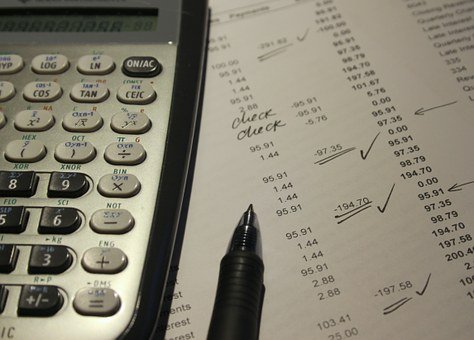How to Convert Units

To understand how unit conversions work, you first have to understand how fractions work. You may remember that when you multiply fractions, any number that shows up in both the numerator and denominator (top and bottom) can be cancelled out. For instance, if you multiply 1/2 by 2/3, you can see that 2 is in the denominator of 1/2 and the numerator of 2/3. You can cancel those out to get your answer: 1/3. The same principle applies to units. If you have the same units on the top and bottom of a fraction, they can be cancelled out.
But how do you know which way to write the fraction, 1 cm/10 mm or 10 mm/1 cm? This is where you need to look at the units. When you have a measurement like 19 mm that isn't written as a fraction, you can know it's always in the numerator. So if you want to cancel out the mm in the numerator, you need to place the 10 mm in the denominator of the conversion factor. That way the mm cancel out, leaving cm as the unit in the numerator. If you do the arithmetic, you can see that it comes out to 1.9 cm.
You can use the same principle to do other calculations. If you found the mass of that penny to be 2.5 grams, you can use the density (7.2 g/mL) to find the volume. Just like in the last example, you start with your measurement (2.5 g) in the numerator. To cancel it out, you put the 7.2 g of our conversion factor in the denominator, leaving mL as the unit of your answer in the numerator.
Paying attention to the units like this is a vital skill for science problems. Not only does it tell you what you're measuring, it can also clue you in about what step to take next. Rather than remembering an equation - and possibly remembering it wrong - you can use dimensional analysis to look at what calculation will give you the unit you want. Keep these concepts in mind, and you won't find yourself wondering what to do next!